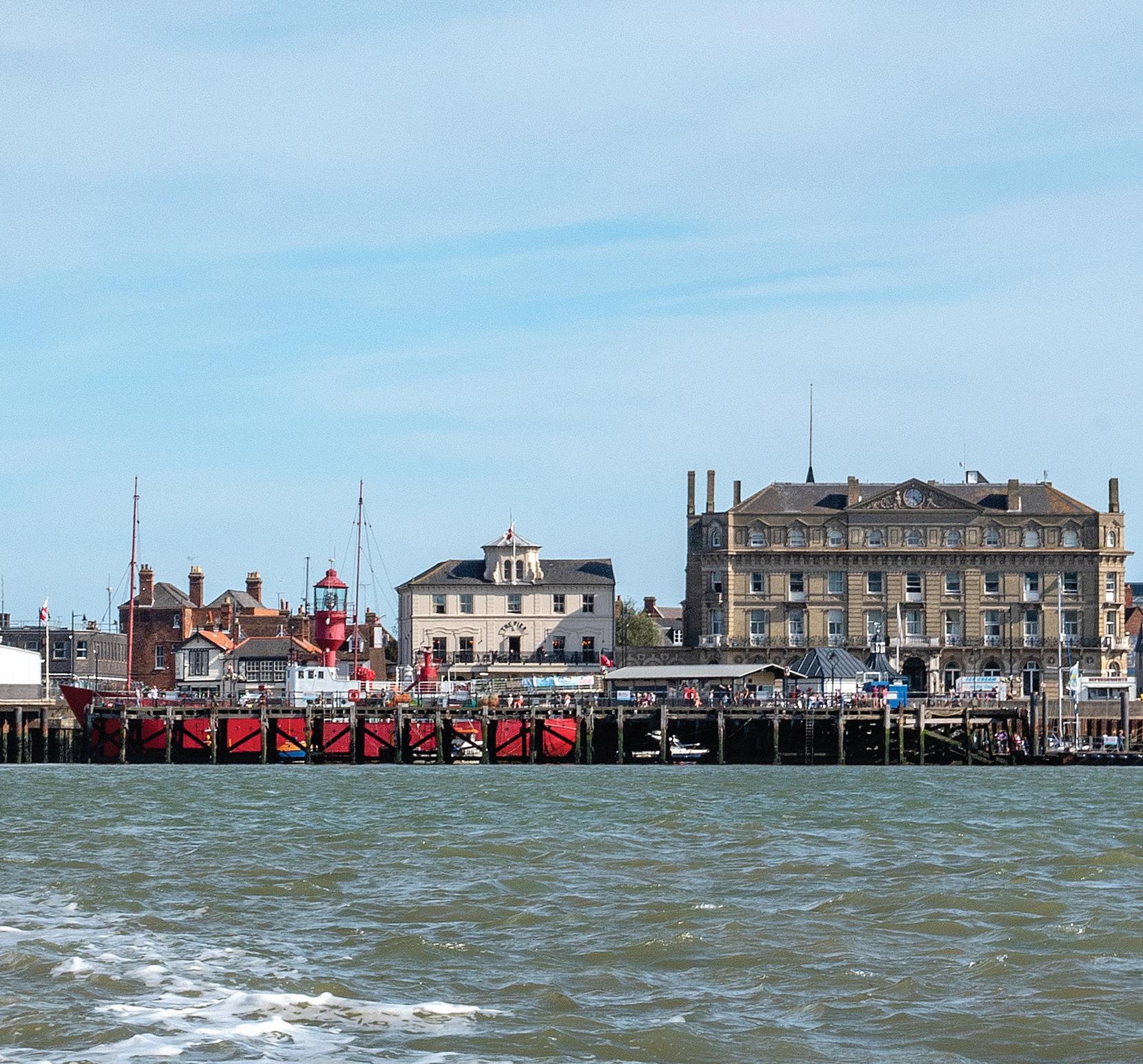
11 minute read
Historic Harwich
from Coastal Guide 2020
Historic Harwich It was once an important naval base and today is a thriving passenger ferry port. But it’s the commemoration of an event four centuries ago that makes Harwich a must-see in 2020…
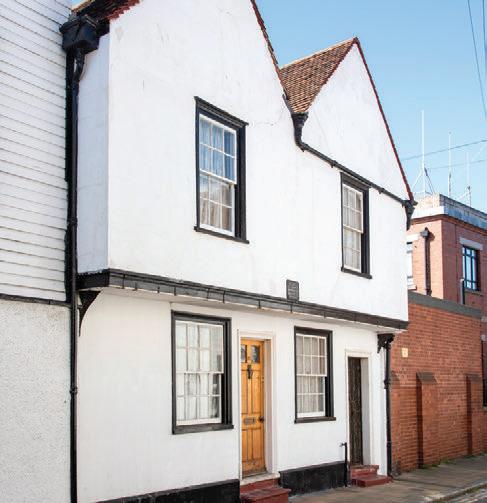
Advertisement
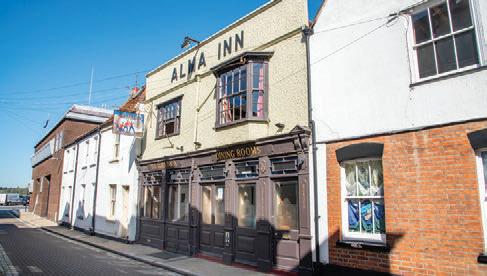
Harwich: the name is synonymous with ships and sailors. The harbour here, created by a storm surge in the 1100s, is the only Haven Port between the Thames and the Humber. Famous seafarers Hawkins, Drake and Frobisher all sailed from Harwich during the reign of Queen Elizabeth I; in 1588 the English Fleet put into Harwich on their return from the defeat of the Spanish Armada; in 1600 a shipyard was built; and soon afterwards ‘packet boats’ began sailing from here to Holland. But it’s Harwich’s role in the story of America that’s fuelling the town’s re-emergence as a tourist hotspot – a story of one ship that links four nations, spans 400 years of history and connects millions of people.
Mayflower 400, a year-long celebration, marks the 400th anniversary of the pioneering voyage undertaken by a group of people that more than
30 million US citizens have descended from. Hailed as ‘the world’s biggest family reunion’, the aim is to create an inspiring and unforgettable series of events in the UK, Holland and the US to commemorate the legacy of the passengers and crew who were on the Mayflower when it sailed from Plymouth UK to Plymouth Massachusetts. The Mayflower and the story of its voyage across the Atlantic in 1620 are intrinsically linked with Harwich. The ship is believed to have been built here – it was originally designated as ‘of Harwich’ – and was commanded and part-owned by Captain Christopher Jones, who had lived in the town. Jones was twice wed in St Nicholas Church, Harwich; his first wife Sara Twitt lived in a house opposite his (top left) and which is now home to popular local hostelry, the Alma Inn (below left).
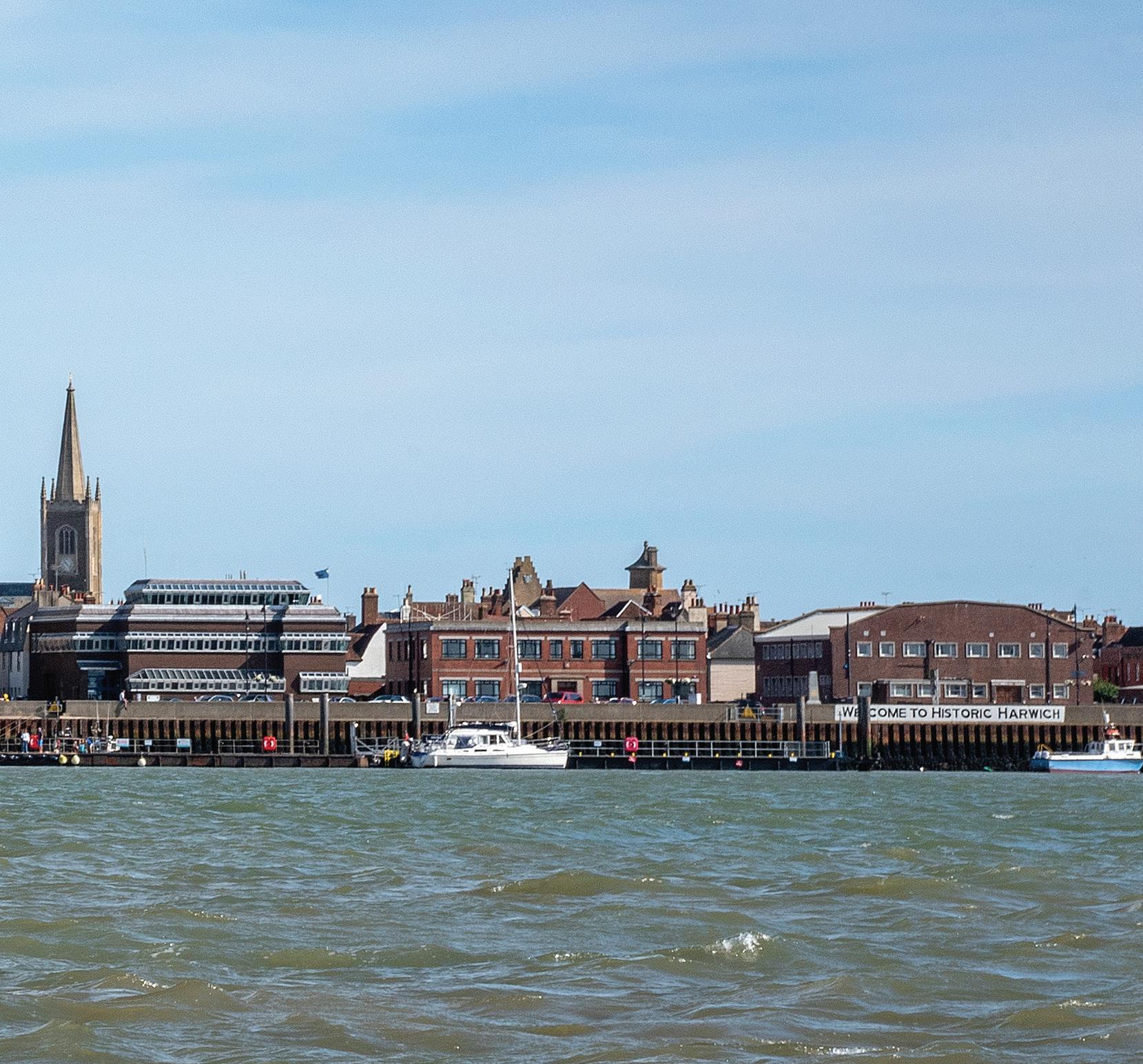
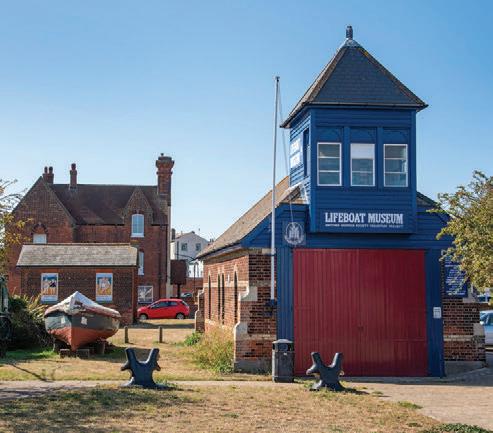
13 Coastal Guide 2020 Hints of Harwich’s nautical heritage can be seen throughout the ‘old town’, built on a grid pattern in the 13th century to make the most of its strategic position at the mouth of the Rivers Stour and Orwell. Many of the houses here have cellars that were interconnecting and had the dual purpose of facilitating smuggling and avoiding the press gangs. Other historical gems include the Electric Palace, built in 1911 and now the oldest unaltered purpose-built cinema in Britain, St Nicholas Church which was rebuilt 1821, and the »
Part of the Mayflower 400 programme, Octopus Ahoy! will see parks and open spaces taken over by 100 octopus creations, all designed and painted by local professional artists and school pupils. The Octopus Ahoy! trail is due to run from 4 July to 12 September, before the large sculptures are auctioned off, with proceeds going to Essex charities. •www.octopusahoy.co.uk

The RNLI Harwich Lifeboat Station was built in 2002 and accommodates a B class inshire lifeboat, while an all-weather lifeboat lies afloat on a pontoon close by. Closed to visitors currently, the Station remains operational through the Coronavirus crisis – its website will keep you in touch with the crew’s latest call-outs. •www.harwichlifeboat.org.uk

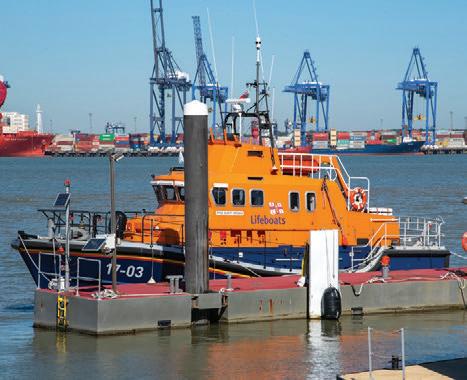
Harwich International Shanty Festival marks its 15th anniversary this year – the event started with a bunch of friends meeting up in a couple of pubs to drink and sing, but today the whole town resounds to the sound of Shanties and sea songs… if you’ve never been before, prepare for a day out like no other! In addition to impromptu performances there’ll be concerts, barge trips, street theatre, maritime crafts, pirates, singing workshops, spoken word sessions, train rides and much more to enjoy – put 8-11 October in your diary and check out the website www.harwichshantyfestival.co.uk for full information.
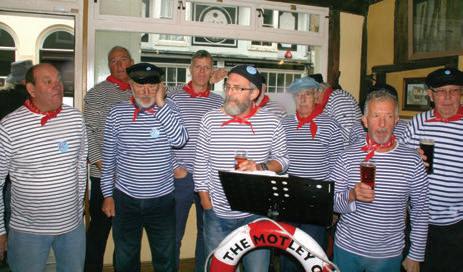
14 Coastal Guide 2020 atmospheric Redoubt Fort which dates back to the Napoleonic Wars.
Whether you’re arriving on land or water, an enjoyable way to discover the historic town is to follow its Maritime Heritage Trail. Don’t miss the High and Low Lights – the latter is now a Maritime Museum – the Lifeboat Museum, the Barge Murals that overlook the site where Thames Sailing Barges were once built, and the Treadwheel Crane – built in 1667 and based on a Roman design, it men walked in the interior of two large wheels to raise and lower goods and materials. Also visit the old Radar Tower at Beacon Hill Fort, which was the first radar installation of the Second World War.
Major investment is delivering two new Mayflower 400 experiences for visitors looking to understand the origins of the ship and her crew. The King’s Head Street home of Christopher Jones is due to open to the public for the first time this year, and feature a range of interactive elements. Further information on Harwich’s links to the Mayflower will be explored at the town’s new Heritage Centre, which will house a dedicated exhibition including a range of artefacts that have never been publicly displayed before. »
»
Founded in 1969, the Harwich Society offers a wealth of info and has created a Maritime Heritage Trail to help visitors explore the town’s historic sites. www.harwich-society.co.uk
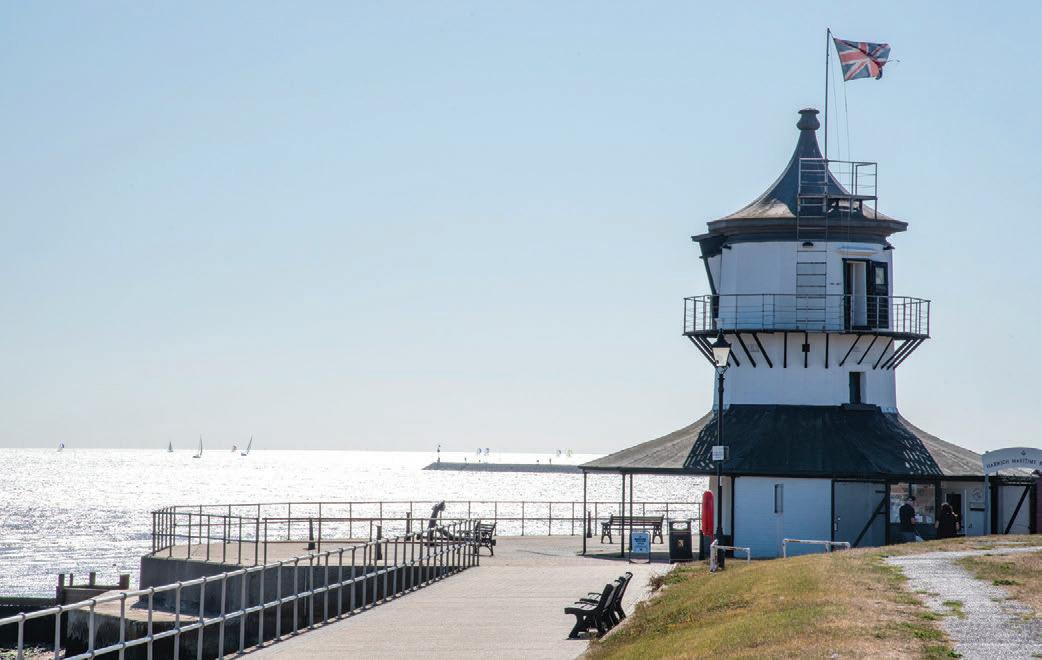
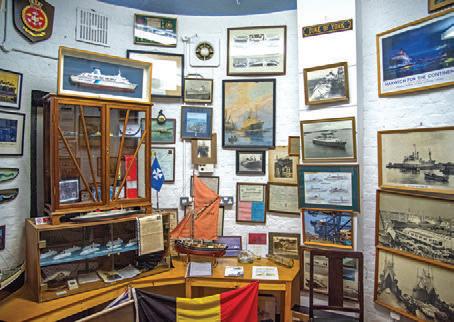
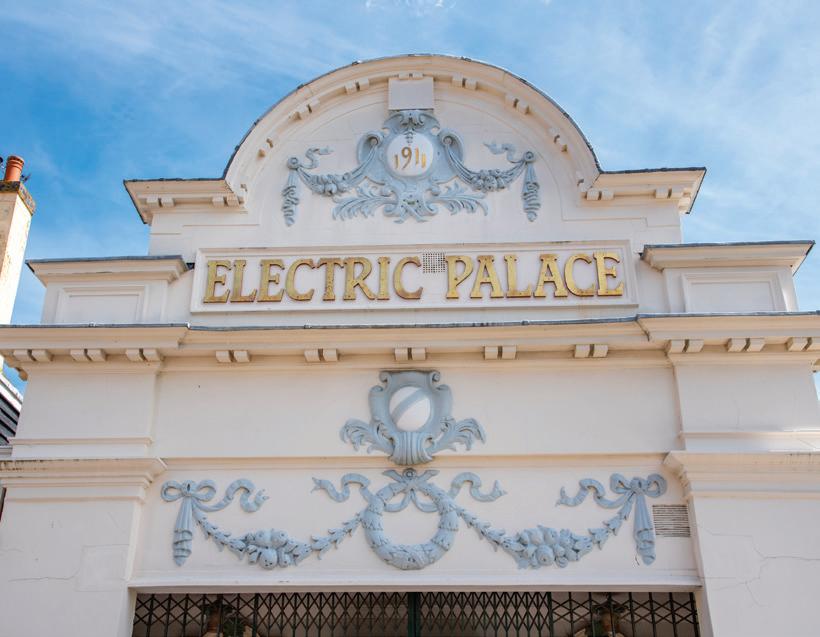
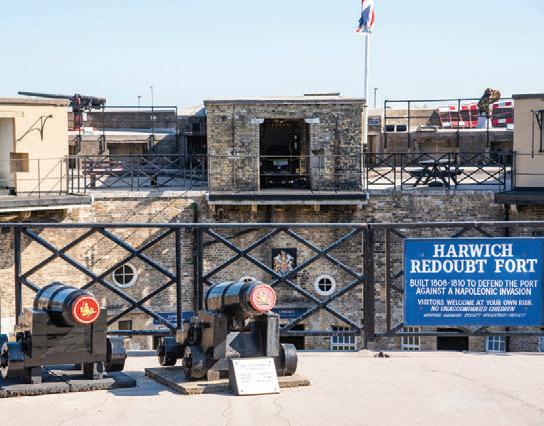
15 Coastal Guide 2020 Harwich Haven Authority was set up by an Act of Parliament in 1863 to oversee marine operations in Harwich and Felixstowe. Its jurisdiction covers the Harbour (including the Port of Felixstowe, Harwich International Port and Harwich Navyard), the tidal River Stour (including the Port of Mistley); through traffic to Associated British Ports, Ipswich; and an area to sea extending to the Shipwash Bank.
HHA exists to ensure the safety of everyone using Harwich Harbour – VHF Channel 71, call sign Harwich VTS, is always busy and leisure sailors will know that monitoring this channel is the best way to check out commercial vessel movements.
The main deep-water navigational channels within Harwich Harbour are well marked by buoys and lights. Yachts are advised to keep clear of the channels and use the recommended yacht tracks; if the main channels have to be crossed, do so as nearly as practicable at right angles. Avoid crossing the bows of oncoming commercial traffic – large container ships, in particular, have restricted visibility ahead when carrying a deck cargo of containers. And adhere to both the ColRegs and best practice advice given by the Royal Yacht Association. •www.hha.co.uk
Built on the site of a quayside brewery in 1860, The Pier at Harwich is something of a local icon. Overlooking the harbour, ships and working docks – and just a stone’s throw from the estuary where fresh fish is landed daily – the first floor restaurant is a stunning redefined brasserie, while on the ground floor below the NAVYÄRD is a continental-inspired bar with an enviable drinks and gin list.
Here, the Gin Library offers more than 100 gins, along with craft, cask and artisan beers, ales and a Nordic-inspired smallplate bar menu. The gin selection is split simply over four shelves, and an expert team is on hand to help guests decide which to try. For those who prefer a different type of tipple, prosecco cocktails are great fun and there’s a choice, too, of 25 whiskeys plus enticing lists of tequilas, cognacs and bourbons.
Whether you arrive by foot ferry from Felixstowe or Shotley, tie up your boat at Ha’penny Pier, or designate a driver and enjoy a leisurely motor into Harwich, The Pier is a most definite ‘must-do’ for lovers of great food and drink. • www.milsomhotels.com

Harwich is home to Trinity House, the charity dedicated to safeguarding shipping and seafarers, and a General Lighthouse Authority with a statutory duty to deliver a reliable, efficient and cost-effective ‘aids to navigation service’ for the benefit and safety of all mariners. Incorporated by Royal Charter by Henry VIII in May 1514, Trinity House’s primary purpose is to guide ships safely through some of the busiest shipping lanes in the world, including the Dover Strait. Alongside its work maintaining lighthouses and buoys, Trinity House has pioneered the development of solar and wind energy systems for both onshore and offshore installations, and it offers a diverse range of commercial services, from asset management and data solutions to holiday cottages and visitor centres in coastal locations. • www.trinityhouse.co.uk

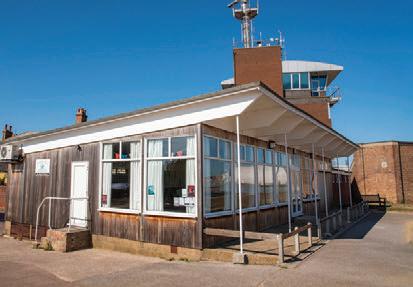

Modern-day Harwich and its Harbour remain a centre of sailing activity. Dating from the early 1960s, Harwich Town Sailing Club (above, top) is a vibrant club committed to promoting sailing as an all-round family activity in all its forms, from championship racing to pottering about in and around the harbour area. The club has helped many sailors become champions in their class, and continues to offer Youth training under its own RYA instructors. •www.htsc.co.uk
The HQ of the Harwich & Dovercourt Sailing Club (above centre) resides on the bank of the River Stour – LBK6 is the last survivor of the Thames lighters requisitioned by the Admiralty for D-Day, and converted for use by the Royal Navy. LBK6 – the title means Landing Barge Kitchen – sailed for Normandy as part of Force ‘S’; her job was to provide hot meals and fresh bread to the 52 barges she supported. Other wartime postings followed, and after VE Day LBK6 was left by the Navy in Rotterdam to work as a soup kitchen for the starving Dutch population. Eventually returned to England, after various refits and repairs she was sold in 2007 to Harwich & Dovercourt Sailing Club, the oldest club on the River Stour. •www.hdsc.org.uk »
Annual regattas at Harwich providing racing events for both yachts and working boats were first organised in 1828, and in 1843 a yacht club was formed to run them. Two years later the socalled Eastern Yacht Club secured Royal Patronage – securing the Dowager Queen Adelaide (King William IV’s widow) as patron – and was renamed the Royal Harwich Yacht Club.
In the 19th century the Royal Harwich became one of the leading racing yacht clubs in the country, but in WWII it closed down. Post-war, people had little money to spend on recreation. But Austin Farrar, a boatyard operator, yacht and rig designer, acquired a yard at Woolverstone on the River Orwell and offered the RHYC a chance to re-form there, initally using wartime Nissen huts as a clubhouse. In 1969 a smart new clubhouse was opened on the site and, with various later additions including a marina with floating pontoons and a number of swinging moorings, it continues to provide facilities for members and visiting yachtsmen alike. Together with laying-up on-shore facilities, an active sailing and social programme and a variety of RYA training courses, the club (above left) offers something for every sailor, plus a superb food and drinks offering. •www.royalharwichyachtclub.co.uk
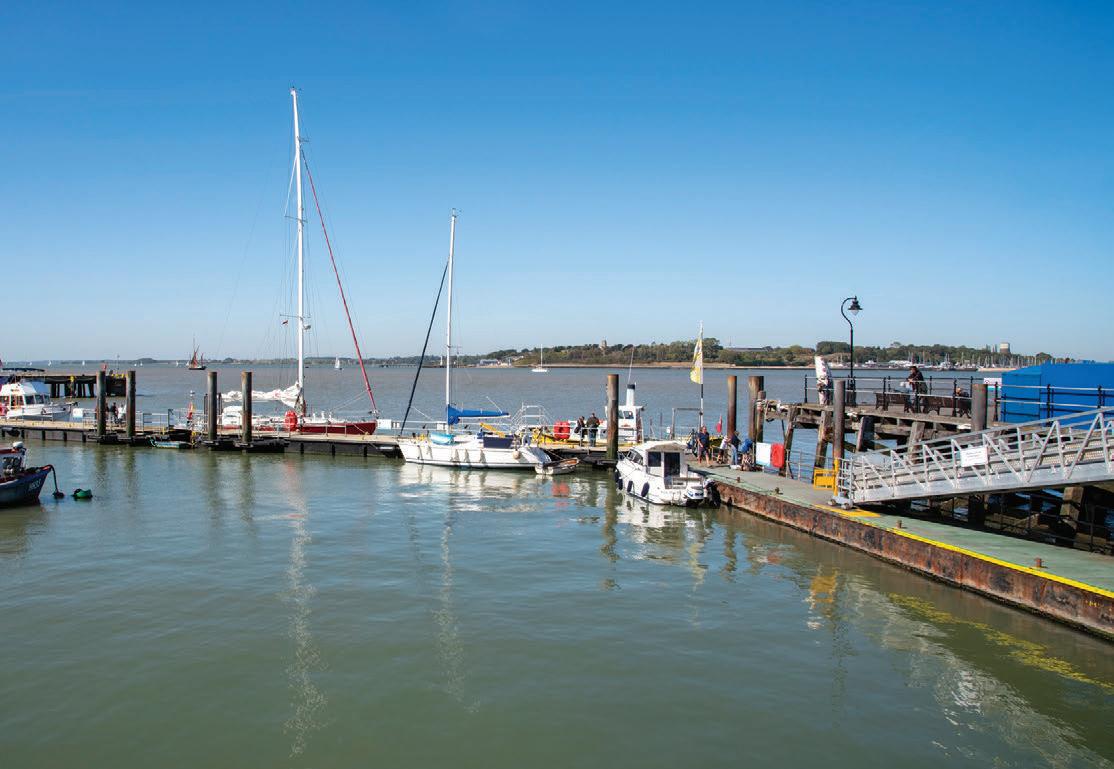
Named after the toll once charged for admittance, Ha’penny Pier was built in the early 1850s to serve cross-Channel ships and local paddle steamers. Today it’s one of the UK’s only surviving wooden, working piers and home to the town’s Visitor Centre.The pier also has a café, moorings for visiting yachtsmen (main photo), and provides the best vantage point to see ships entering and departing Harwich Haven. The Harwich Harbour Ferry (www.harwichharbourferry.com) calls here as part of its regular schedule of crossings between Harwich, Shotley and Felixstowe.
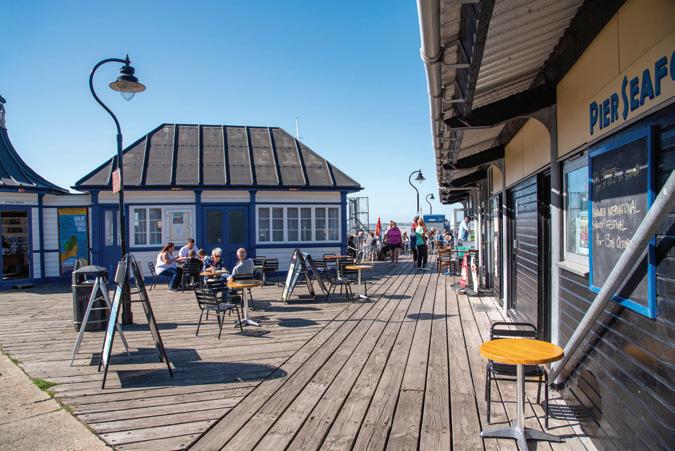
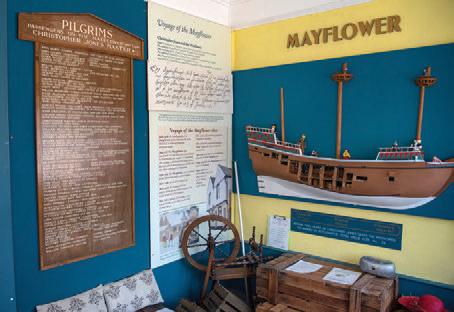
THE PIER AT HARWICH
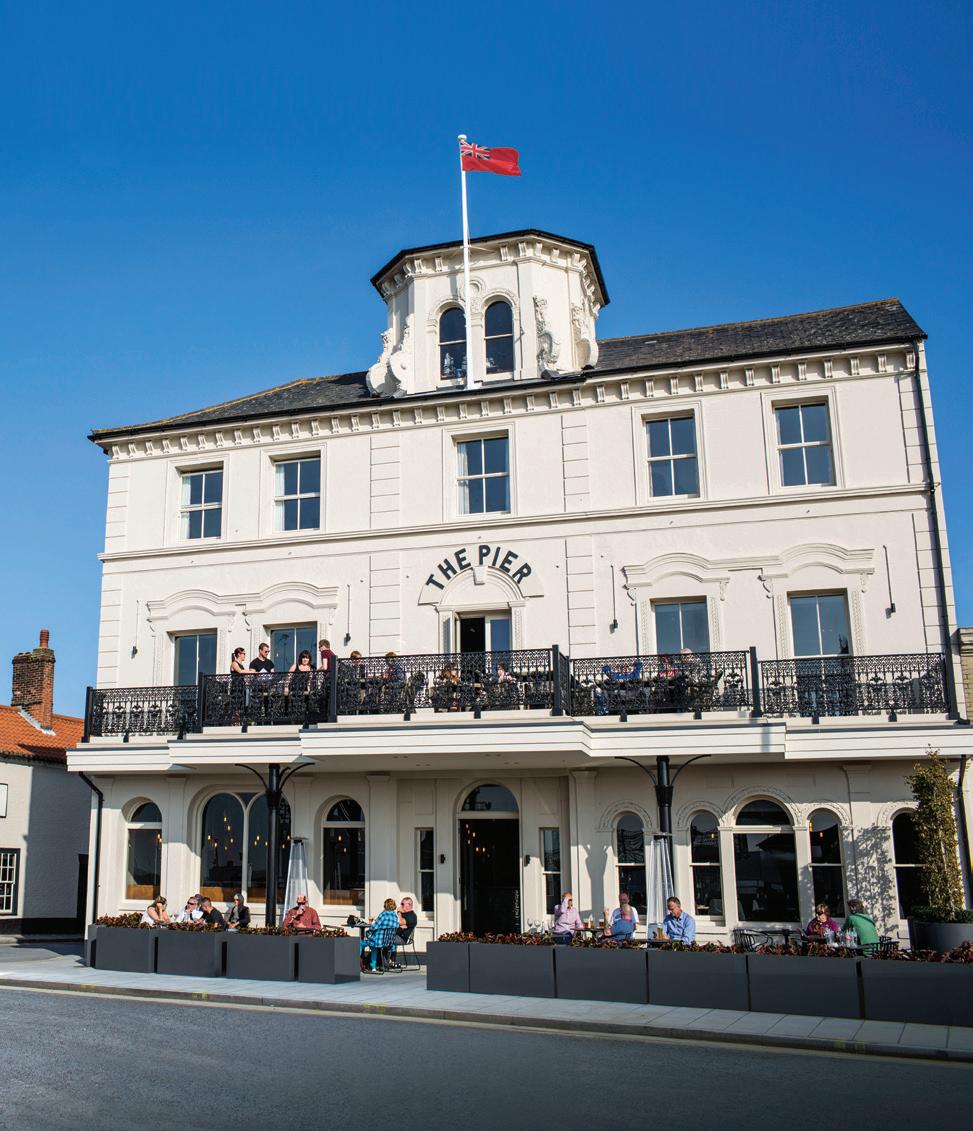
HOTEL, RESTAURANT, BALCONY, BAR & TERRACE. OPEN ALL DAY, EVERY DAY. NOW SERVING AFTERNOON TEA. _
Harwich, home of the Mayflower
To book call 01255 241212 or simply turn up. www.milsomhotels.com
Estuary Vessel Management
Providing a comprehensive range of marine services for yachts and powered craft berthed on and around the Shotley Peninsula, Suffolk
• All-year-round vessel wash downs. • Accommodation cleaning. • Hull sides & top deck polishing with Ceramic wax protection. • Underwater hull prep/antifoul application. • Teak cleaning/renovating. • Anode replacement. • Seacock/Skin fitting servicing. • Varnishing/Painting. • Rigging/running rig maintenance/ renewal. • Day/Passage crewing. • Vessel handling tips/local rivers awareness. We provide a friendly, reliable maintenance/ management service including:










